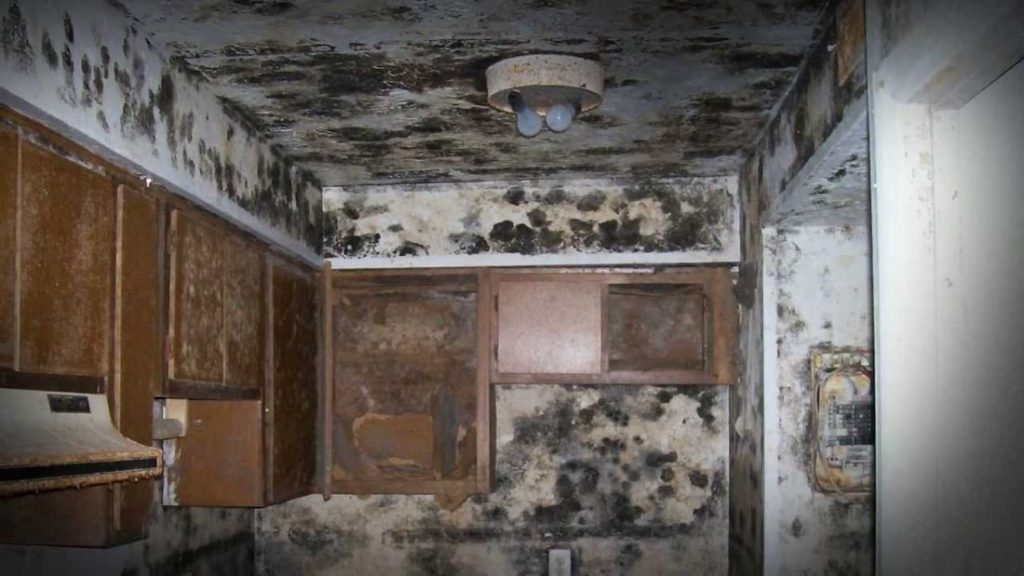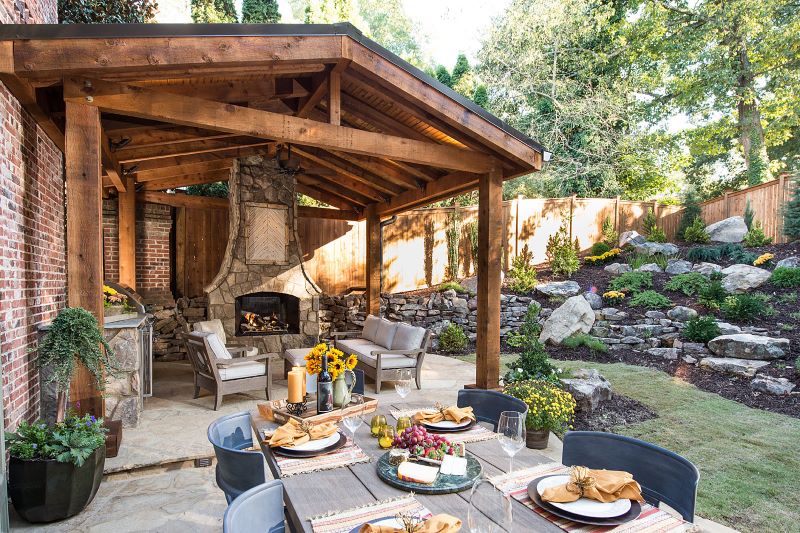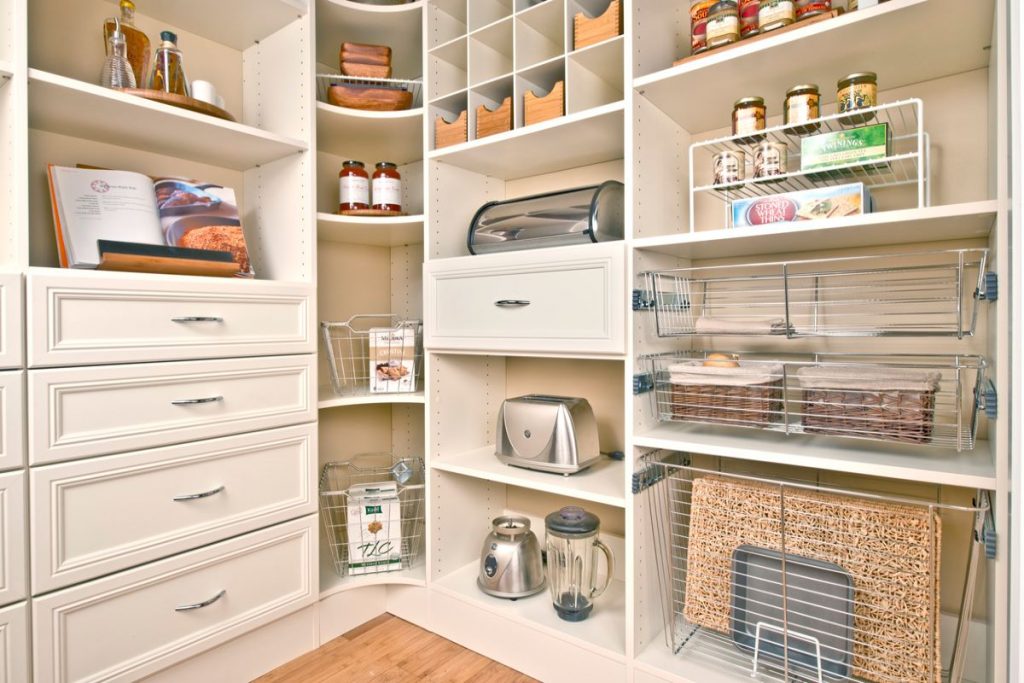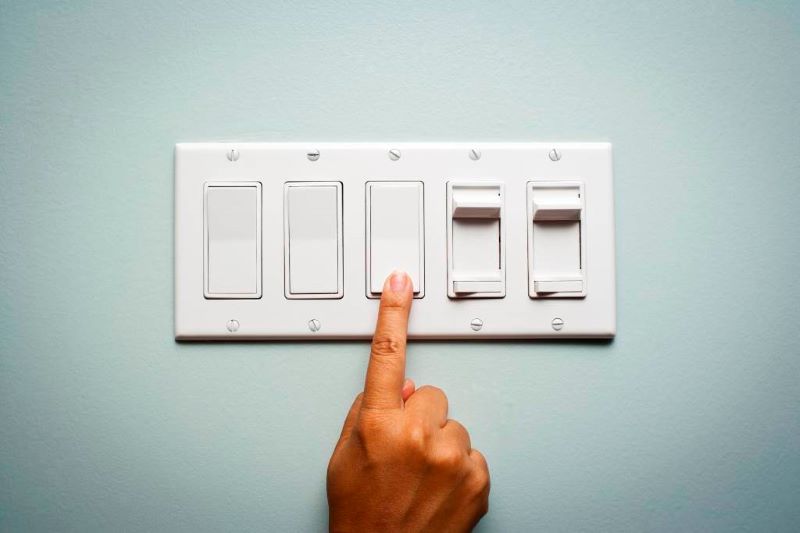Table of Contents
When you’re in the middle of a renovation project, you might stumble on all kinds of issues that bring your progress to a sudden halt. For example, if you discover the presence of mold, you’ll need to deal with the problem immediately or risk facing a growing health hazard.
The presence of mold isn’t always obvious. In fact, it often thrives in dark, damp areas that most people overlook, ranging from basements and crawl spaces to areas beneath sinks and around windows.
What should you expect when dealing with mold? And what’s the best way to manage the situation?
Dangers of Mold
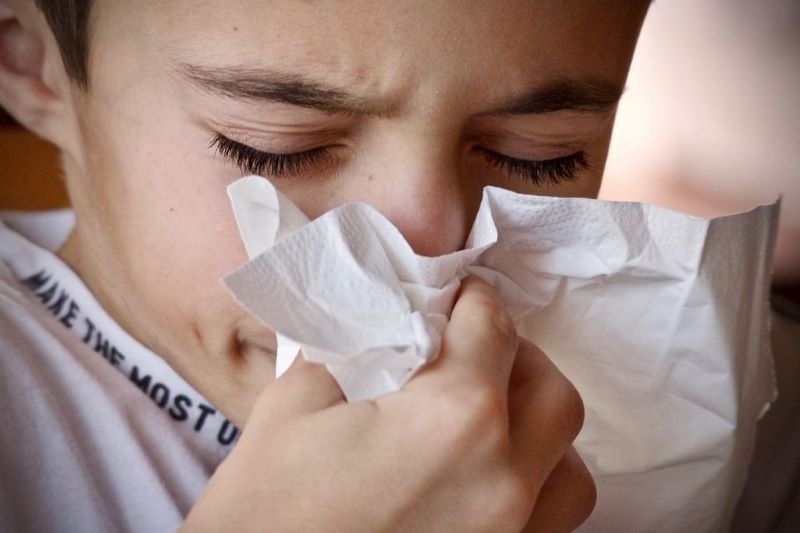
The first thing to keep in mind when you see mold is that you’ll need to approach it with caution.
Some people are more sensitive to mold than others. However, regardless of your sensitivity level, it can cause irritation in your lungs, throat, eyes, and nose, according to WebMD. It can also cause skin irritation.
Exposure to mold can be much more problematic for people who are allergic to it, as well as people with weakened immune systems. In these severe cases, touching or inhaling mold can lead to symptoms such as:
- Coughing
- Wheezing
- Sneezing
- Running nose
- Shortness of breath
- Skin rashes
Keep children and elderly individuals away from the area, as mold can be especially harmful to them.
What to Wear

If you intend to clean up the mold yourself, you’ll need a few types of protective accessories.
Protective gloves:
Whether you decide to go with rubber, vinyl, or some other material, you’ll want to keep your hands covered as you clean up the mold. If spores get on your hand, it’s easier for them to spread. Make sure you dispose of the gloves when you’re finished. You’ll also want to wear a long-sleeved shirt that sufficiently covers your arms. Once you’re done cleaning, you can put this shirt, along with the rest of your clothes, in a separate bag to wash later.
Googles:
When you disrupt the mold, the spore count in the air will increase. Goggles that completely cover your eyes are an essential item to have. You don’t want to risk any spores getting in through gaps in the glasses. A full-face respirator will combine eye protection with mouth protection.
Respirator:
Even if you decide to skip out on a full-face respirator, you should at least use a half-face N-95 respirator. This type of mask filters out at least 95 percent of particles that are 0.3 microns in size, according to the FDA. For comparison, most mold spores tend to be anywhere from 3 to 100 microns. Be aware that if you have a lot of facial hair these masks might not fit as intended. If there are gaps in the way the respirator hugs your face, spores can still get through.
Examining the Area
Because mold is often a sign of water damage, you might want to take the time to examine the building’s structure. You might notice wet floors or obvious watermarks on the ceiling. Stay clear of slippery floors or sagging ceilings.
Also, take note of where the mold is growing. Are there places in the room where it hasn’t reached yet? This could help you pin down the origin of the growth.
Indoor Cleaning
In some cases, you’ll want to prep the area before you begin cleaning. Water on the floor or in the carpet can be removed with the help of a wet vacuum. If possible, open the doors and windows to help with airflow, suggests the Centers for Disease Control and Prevention. You can also use a dehumidifier to manage excess moisture, but using a fan could potentially help the mold spores to spread.
Begin scrubbing hard surfaces by using a disposable rag. A mix of detergent and water will get the job done, but when dealing with porous structures, such as drywall, you should avoid abrasive cleaners, warns Home Depot. Some items in the room, such as porous ceiling tiles, might simply need to be disposed of rather than cleaned. Have a garbage bag nearby to toss items like these away immediately.
Dry surfaces when you’re done and throw out the rags.
When it comes to cleaning solutions, you have multiple options. You can buy pre-made formulas that are intended to kill mold as effectively as possible. You can also create a solution by mixing a cup of bleach and a gallon of water. Add in some dish soap when you need to clean porous surfaces. If your cleaner includes dish soap, you’ll need to rinse it afterward.
A simple 50/50 mix of ammonia and water can also help you remove mold. Allow it to sit on the area for several hours before you rinse it. Avoid mixing ammonia and bleach. The combination can lead to dangerous fumes.
Another cleaning option is undiluted white vinegar. You don’t need to mix this with anything. Just spray it onto the surface, let it sit for about an hour, and then wipe the area down.
When handling cleaning solutions make sure you’re already wearing your protective gloves.
Outdoor Cleaning
If you’ve noticed mold on the side of your building, you’ll want to take care of that as well. Apply a mixture of bleach and water, let it sit for around 20 minutes, and then use a hose to rinse it all away. You might need to use a bristle brush to clean stubborn patches.
Prevention
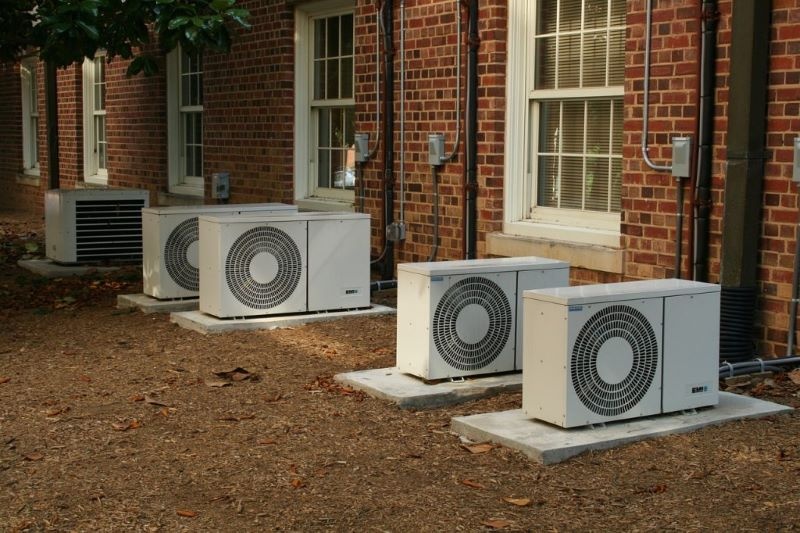
As long as you take preventative steps, you shouldn’t have to repeat the cleaning process in the future. Use a dehumidifier or air conditioner to manage indoor moisture levels. Rely on exhaust fans to increase ventilation. Keep an eye open for leaks, and take care of them as soon as possible. Avoid using carpeting in high-moisture areas, and replace any carpeting that you can’t dry in a timely manner. The same rule applies to upholstery.
A Comprehensive Guide to the Different Types of Mold and Prevention Strategies
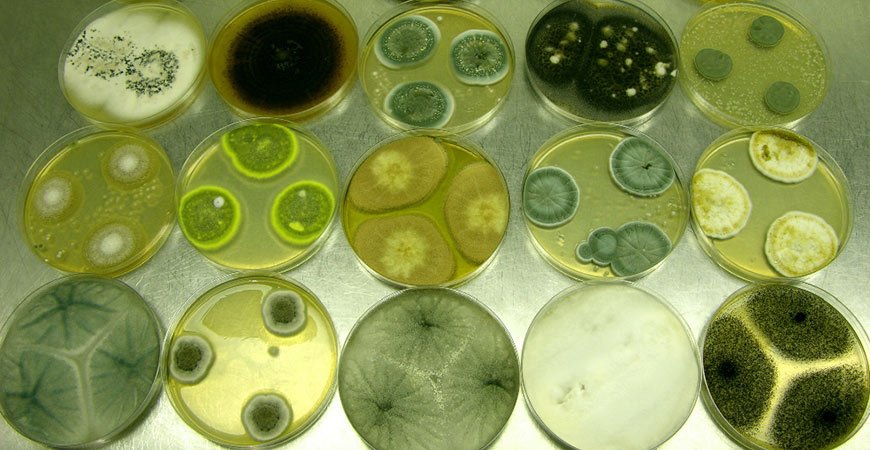
Introduction:
Mold is a common household problem that can have adverse effects on our health and living spaces. Understanding the different types of mold is crucial for effective prevention and management. In this article, we will explore various types of mold, their characteristics, favored environments, and essential prevention strategies.
Alternaria:
Alternaria is a common indoor mold characterized by dark brown or green hairs and a velvet-like texture. It thrives in damp areas such as carpets, wallpaper, windows, and bathrooms. Immediate removal is recommended due to its rapid spread.
Prevention Strategy: Keep indoor humidity levels below 50% and promptly address any water leaks or moisture issues.
Stachybotrys:
Often referred to as black mold, Stachybotrys appears black or dark green and grows in high-humidity environments like basements, bathrooms, and damp carpets. It has toxigenic properties, emphasizing the need for prevention.
Prevention Strategy: Ensure proper ventilation, control humidity levels, and address moisture problems promptly.
Aspergillus:
Aspergillus encompasses numerous species and is allergenic, toxigenic, and carcinogenic. It presents as thick walls of mold and commonly grows in damp areas such as walls and surfaces. Prevention measures are crucial to mitigate its impact.
Prevention Strategy: Use HEPA filters, maintain closed windows during construction, and promptly address water leaks or dampness.
Aureobasidium:
Aureobasidium appears as pink or black mold and is often found in the grout, caulk, and areas with excessive moisture, such as bathrooms and kitchens. It can even grow on painted walls when moisture levels are high.
Prevention Strategy: Ensure adequate airflow in rooms, regularly clean and dry surfaces prone to moisture, and promptly address any signs of water damage.
Chaetomium:
Chaetomium is an allergenic and pathogenic mold with a cotton-like texture and a musty odor. It changes color from white to gray, brown, and black over time. It thrives in areas severely affected by water damage, like attics, basements, and roofs.
Prevention Strategy: Reduce excessive moisture, monitor for water damage, and maintain proper ventilation in affected areas.
Penicillium:
Penicillium is a common allergenic mold with a velvet-like texture and blue or green appearance. It easily spreads airborne spores and can infest new areas within weeks. It thrives in moist environments, especially those with water damage.
Prevention Strategy: Promptly remove any visible mold, address water leaks or condensation, and maintain a dry indoor environment.
Fusarium:
Fusarium, characterized by pink, red, or white coloration, is an allergenic mold typically found in soil. It can infiltrate indoor spaces through wet areas, even in colder regions.
Prevention Strategy: Keep indoor areas clean and dry, address any sources of moisture promptly, and monitor for signs of mold growth.
Conclusion:
Awareness of the different types of mold and implementing appropriate prevention strategies are vital to maintaining a healthy living environment. Regular inspection, moisture control, and prompt mold removal are essential steps in combating mold growth. By staying proactive, we can minimize the risks associated with mold and enjoy cleaner and safer living spaces for ourselves and our loved ones.
